Commercial excavation is more than clearing the land of trees and creating holes; it’s a science. When you cross a vacant lot, the ground might seem sturdy beneath your feet, but using large machinery to construct your commercial building is very different.
Excavation is a way to calculate how a building’s weight affects the ground beneath it. It’s laying the foundation for something much more intricate and precise. Commercial excavation in construction is a complex process, which is why only experts do this kind of work.
This article should give you an idea of our excavation process at SCS Construction, beginning with breaking ground.
Breaking Ground
Our first task is safely and appropriately removing trees, rocks, or even existing structures to make way for building construction. But the land isn’t bare after clearing. Excavators may need to protect specific trees or geological features, such as natural hills. Proper land clearing ensures the health of the remaining trees and vegetation.
Usually, we have to remove some topsoil and the top layer of vegetation to clear the land for buildings, bridges, or even roads. Removing sediment and debris from water can also be part of the excavation.
Construction Preparation and the Importance of Soil Typing
After breaking ground, our experts investigate the soil. Compact soil behaves differently than loose soil, which may require moving or adding material. Our excavator collaborates with construction architects to ensure that the ground provides a solid foundation for the building.
Soil is a mixture of gravel, clay, sand, silts, air, and water. The quantities of these components determine a soil’s “cohesiveness,” or how tightly it will hold together. Cohesive soil doesn’t collapse or crumble. When wet, it’s easy to mold, and when dry, it’s challenging to break up.
OSHA classifies soils into four categories:
- Solid rock
- Type A
- Type B
- Type C
Type A soil can be silty or sandy clay.
Type B soils can be cohesive and non-cohesive, including unstable rock, sandy loams, silts, and medium clays.
Of the four soil types, Type C soils are the most unstable and dangerous. We easily recognize Type C soils by the continual sloughing of the sides of the excavation walls. The “weakest link” in an excavation will eventually give way if an unstable soil type is located beneath a stable soil type.
Usually, the soil we unearth during a commercial excavation project has previously been disturbed, another factor our experts consider when typing soils.
Previously disturbed soils are classified as “C” soils and rarely as robust as undisturbed soils. Our excavators typically find previously disturbed soil above already-existing utilities, such as water, sewer, electrical, and gas lines. The soil’s instability makes working around these utilities more hazardous.
Type C soil is the least stable, and Solid Rock is the most stable. Solid rock is the hardest to obtain because drilling and blasting are frequently necessary, which breaks the rock, making it unstable.
One cubic yard of soil can weigh over 3,000 pounds, so stability is a primary part of the commercial excavation process.
Commercial Excavation is Collaboration and Cooperation
Preparing a site for excavation and commercial construction involves more than just clearing the land. It entails working with a group of professionals from various disciplines, such as engineering and geology. It’s necessary to make the soil at the construction site strong enough to withstand the forces generated by the structure’s weight. Excavators are also responsible for the quality of their work and how it affects the neighborhood.
The specialists at SCS Construction concentrate on the planning process with great attention to detail. Before breaking ground, we carefully review all reports and documents to reduce the possibility of arising issues during construction. To discuss how we can help you get your next big project in motion, call us today at 317-272-0129.
Are you on Facebook? We are, too. Let’s be friends!
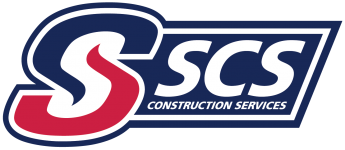
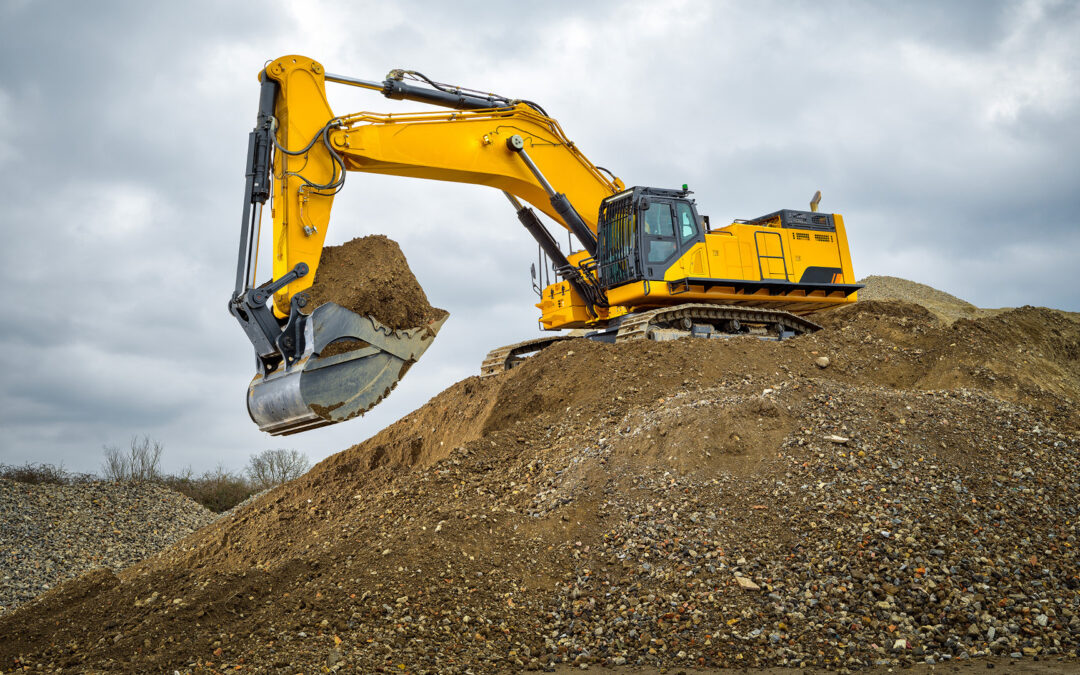
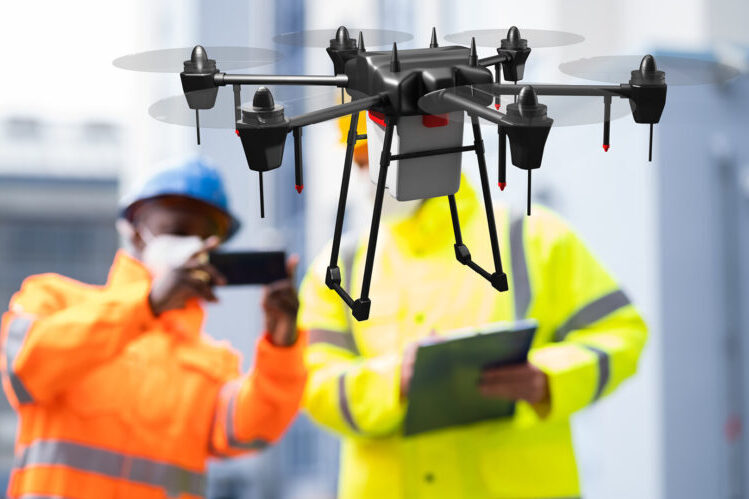
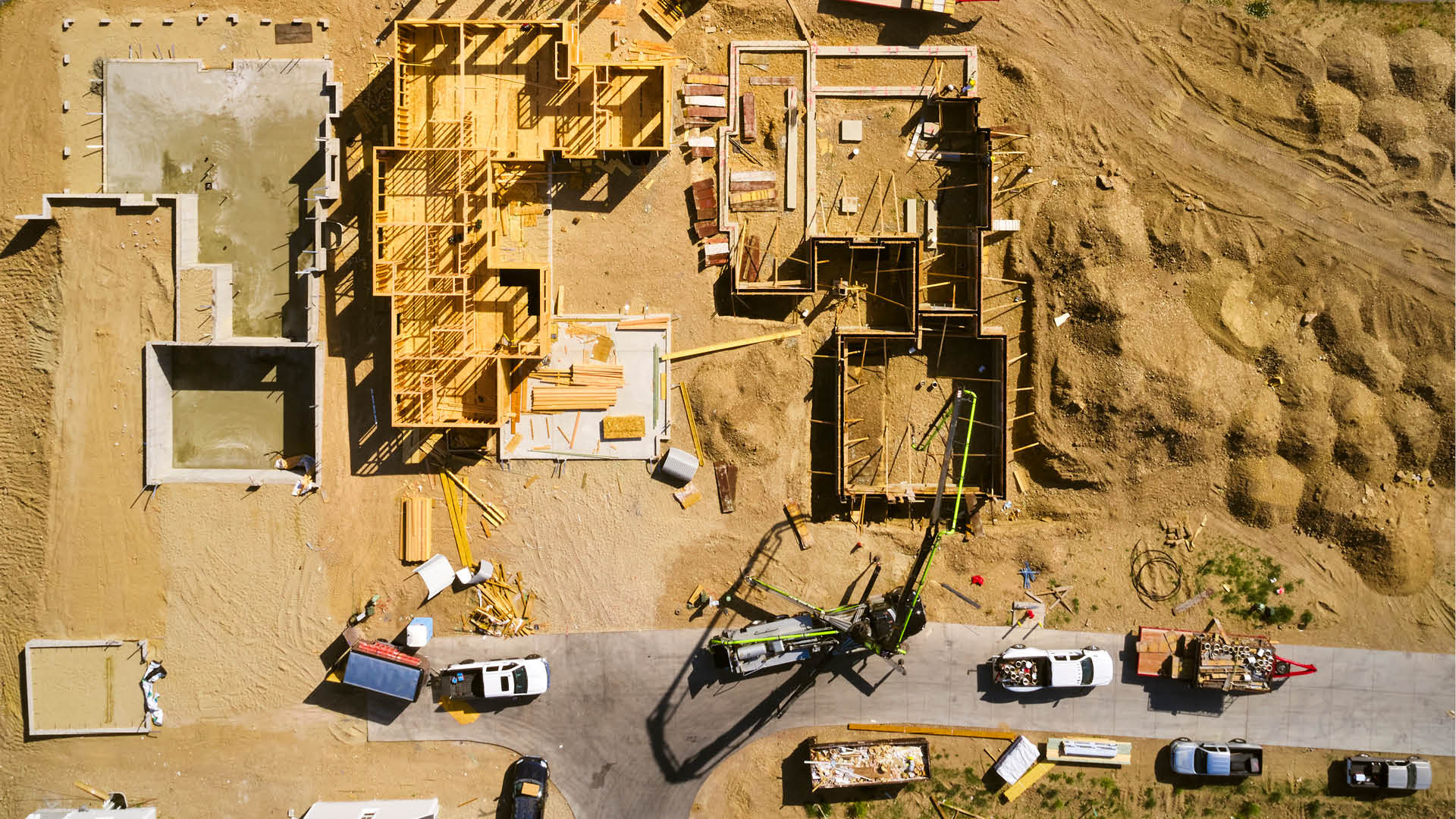
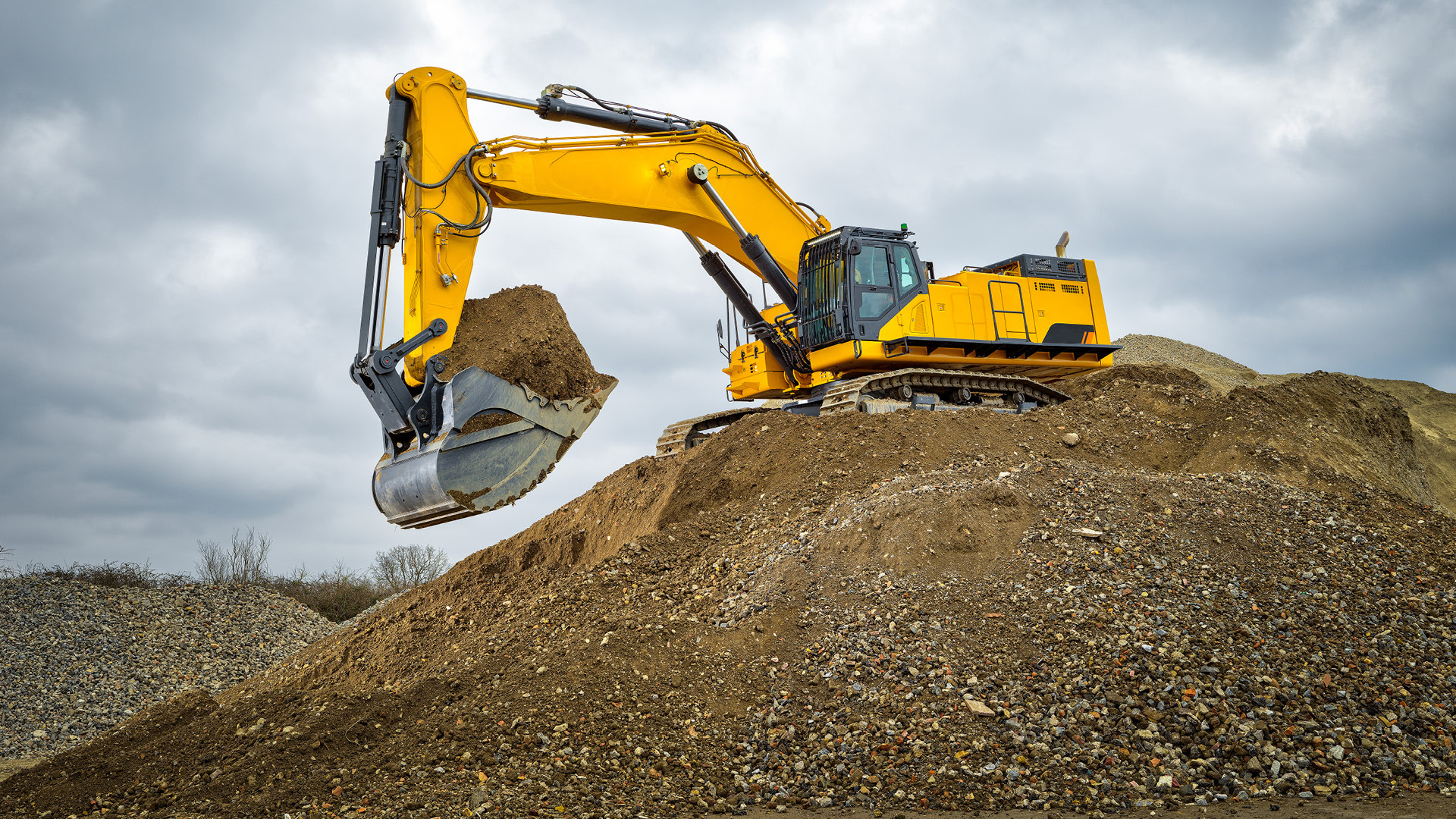
Recent Comments